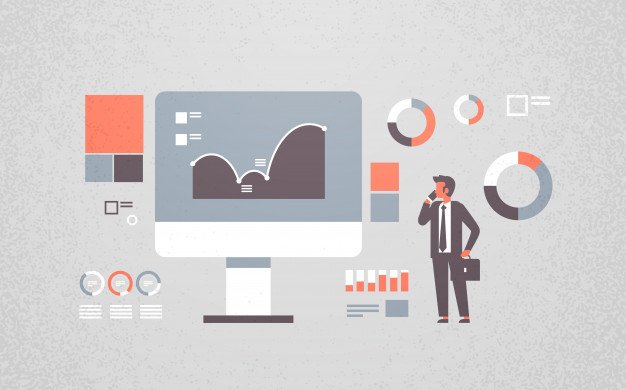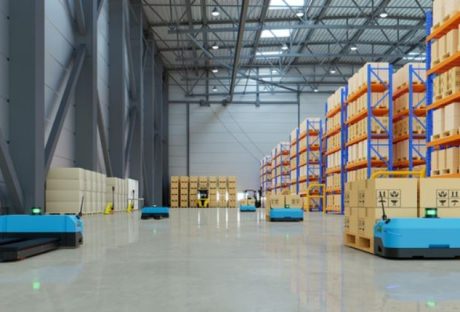The majority of retail businesses in the world are still dependent on extensive spreadsheets and excel when it comes to pricing strategies. Other than the fact that multiple spreadsheets can cause confusion and duplication, they bring down productivity.
This is why businesses are reinventing themselves and adopting technological innovations to improve businesses. One of the most successful tools that retail businesses are using in 2019 is ‘Pricing Tools’.
In this article, we will look at some major questions like-
- What are Pricing Tools?
- How can a pricing tool add advantage to your business?
- How does the pricing tool help you automate different aspects of the price-fixing strategy?
- What are the costs that you are going to incur when subscribing to a pricing tool?
What is a Pricing Tool?
A ‘Pricing Tool’ is a dynamic software, which helps businesses set up their pricing strategy in a dynamic manner. It helps in reducing duplication, accelerates the process in real-time and saves time, which can be efficiently used elsewhere.
If you look at a traditional business, you will find that fixing prices requires three or four people and extensive discussions. By using a pricing tool, you limit all the price related discussion to one workstation only. Modern businesses are adopting smart, automated and powerful pricing tools to improve sales, offer discounts in real-time and transform revenue goals.
An effective and useful pricing tool helps in streamlining the process. It also brings inefficiency into the process. For companies who want to adopt a strategic business plan for long-term growth and sustenance, a pricing tool becomes a necessity.
Advantages of using Pricing Tools:
The following are some of the major advantages of using a Pricing Tool for your retail business-
1. Saves Time that can be productively utilized elsewhere:
Real studies carried out by research agencies show that a good pricing tool saves up to 40 hours per week when it comes to determining to price. This reduction in time can be used to concentrate on some other aspects of improving the business.
2. Dynamic Price-Fixing at one go:
Most retailers fear days like ‘Black Friday’ rather than get excited about them. This is because they worry about fixing prices and attracting users. A pricing tool is very effective especially during holidays, festivals and special sales days. The dynamic pricing means that you need to concentrate just on sales and logistics and leave the pricing part to the tool.
3. Forecast sales and make accurate projections:
Most retailers make manual sales projections. However, there is scope for human error when doing this. A pricing tool through rigorous automation and analytics is able to accurately make sales projections and forecasts. This is an able ally when it comes to sales and marketing.
4. Integrate your ERP and Ecommerce on one Pricing Tool:
Most retail businesses are experimenting with Ecommerce aggressively. Retail businesses can also have other outlets and franchises. This means coordinating everything at one go. Fortunately, a pricing tool is able to integrate ecommerce and ERP in one single platform.
5. Improve sales and increase revenues:
Using an efficient, powerful and affordable pricing tool, which integrates three or four functions, is going to help you improve sales and drive up revenues. Bringing down the decision times, saving hours and eliminating errors is going to help you grow your business.
Can an Automated Pricing Tool Software help a Business effectively?
One of the major challenges, which any retail business faces, is tying loose ends. This means that there are so many verticals when it comes to sales and pricing that it becomes nearly impossible to streamline them all.
Until now, businesses were using traditional methods of working and fixing prices. They started using ERP but were unable to tie it to their other verticals like Ecommerce. Corrective measures that needed to be taken in case of an error delayed processes even further.
A pricing tool is able to blend five or six functionalities, all in one dashboard that can easily be monitored by one person alone. You can never imagine the asset value of something like a pricing tool. It aids businesses in a major way.
By helping, businesses fix projections, set goals and timelines it helps in giving unorganized retail businesses proper shape and character. This, in turn, improves productivity, decreases wastage and improves revenue figures.
Conclusion:
If you are looking to give your business a midlife boost, then you should definitely check out the best pricing tools on the market. Most software companies, which offer pricing tools, offer affordable plans and bundles that are negotiable.
Do let us know what you thought about the article in the comments section below. Do you really think pricing tools are an effective way to boost revenues for retail businesses?
Read Also:






















